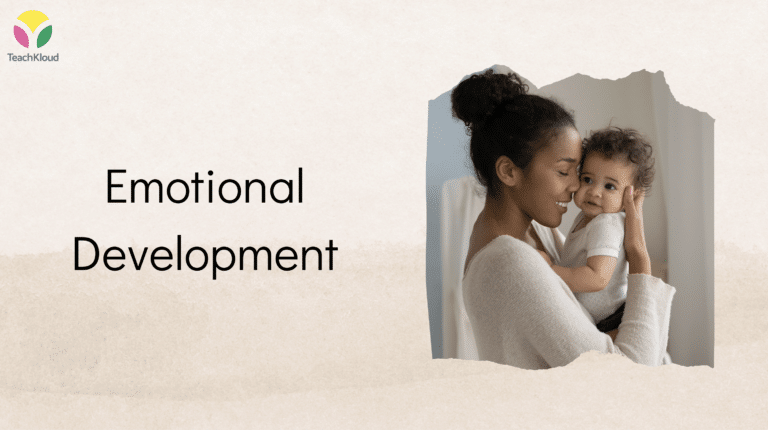Did you know that around the world, more than half of people – estimates vary from 60 to 75 per cent – speak at least two languages (BBC, 2016). If you work in a preschool or with young children, you’re bound to meet a family or child who will eventually become a dual language learner. Therefore, as educators, it is imperative that we understand how we can support children and their families.
Here are 5 tips to support dual language early learners
We’ve compiled a list of fun, video learning opportunities to get children talking here!
1. Encourage families to continue using their native language
There is often a lot of pressure on families to learn and use English or the language that is dominant in the country they live in. Encourage parents of dual language early learners to continue using their native language to teach concepts at home. Literacy in the home language is the foundation for literacy in the second language. Encouraging parents to introduce concepts such as the alphabet or colour recognition in the home language gives children some context to connect to when they are exposed to those concepts at school.
2. Try to represent all languages spoken in the preschool
Provide books and learning materials in English and the native languages of children. Hearing a book in English and reading that same book in their home language provides context for the child. It also provides a culturally responsive and inclusive environment which allows children and their families to be comfortable with their cultural identity. Communicate with the family of the dual language early learner, as they may have some book recommendations in their own language. After all, parents often know their children’s interests best!
3. Use pictures, images, and word walls to introduce new concepts
Associating a new word or concept to a picture or image helps to give that word or concept meaning for the young learner. Visual imagery can be incredibly impactful for dual language early learners. Imagery can help the child associate a picture with a word or new concept for easier learning.
4. Create an environment that supports and encourages conversation
Creating centre spaces and activities that encourage children to play and work together will stimulate rich conversation. For example, create a store in the dramatic play area. This concept requires both a cashier and a shopper. We’ve compiled a list of fun, video open-ended learning opportunities to get children talking here! Dual language early learners need space to practice what they hear. Encouraging them to converse through open-ended and fun learning opportunities can lay the foundation for this and increase their confidence in their ability to communicate.
5. Avoid correcting language errors
While children are learning to use language, we want them to learn it correctly, right? Well, yes. However, explicitly telling a child they have said or done something wrong can embarrass and discourage them. When the wall goes up, the learning goes down. Instead, repeat and/or expand what was said modelling the grammatically correct formation.




